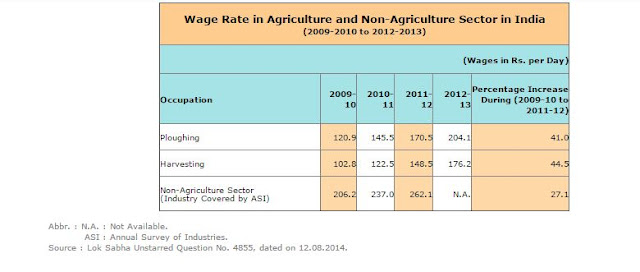Big state paradox in decentralization
The economic performance of large states in India compared to China's provinces reveals a paradox in development and governance efficiency. While China's centralized governance system promotes economic growth in its larger regions, India's larger states encounter various obstacles that hinder their progress. Conversely, under India's decentralization, smaller states have experienced significant economic growth. However, the slower progress of India's larger states restricts the nation's overall economic growth. This suggests a need to understand the dynamics of two different governance systems: the performance of smaller states under a centralized system and that of larger states under a decentralized system.
From the mobility graph, it is evident that large states in India are trailing behind China's largest province, while the smaller states in India are performing well. In fact, in the initial period, the smaller states of India have a higher average per capita regional income than smallest province of China. On the other hand, the gap between the large states of India and the large states of China is significant and growing. (When the population of all Indian states and Chinese provinces is combined and divided into three groups—bottom 33%, middle 33%, and top 33%).
What does it imply that large provinces in China perform well while smaller states in India also exhibit high performance? This dynamic can lead to regional disparities in both countries. Why is India's regional disparity a concern? Let me plot the distribution curve.
It can be seen that the peak values kernel density curve for India was ahead of China during initial phase but China overtakes India over the period of time. It also can be seen that the distribution for China remains unimodal whereas for India it become multi-model. This suggests that relatively the regional disparity in India is higher compared to China mainly because of a cluster of states which have low per capita income are unable to growth and lagging. And this states are big state that is they have high population.
Let me explain this differently using the Gini coefficient. Two types of regional Gini coefficients are formed: the first without population weight and the second with population weight based on per capita state or province income. In simple terms, in an unweighted Gini coefficient, each state or province is treated as one individual, whereas in a weighted Gini coefficient, each state or province represents its entire population, meaning every individual within that state has an income equal to its per capita income. The weighted Gini coefficient accounts for the population of the state. If it is higher than the unweighted Gini coefficient, one can say that regional disparity is occurring because a large state has a lower income level.
It can be observed that in India, the weighted Gini coefficient is higher than the unweighted Gini coefficient. On the other hand, in China, the weighted Gini coefficient is lower than the unweighted Gini coefficient. In India, regional disparity exists because of the large states...
China's centralized approach has contributed to steady growth in its larger provinces, while India's decentralized model has fostered economic success in smaller states. However, this model has struggled to adequately tackle the challenges faced by India's larger states. The current policy challenge is managing big states within a decentralized system. One potential solution is to split larger states into smaller ones. Another approach is to strengthen the institutional framework to better manage regional development within each state at disaggregate level.


.jpeg)


टिप्पण्या
टिप्पणी पोस्ट करा